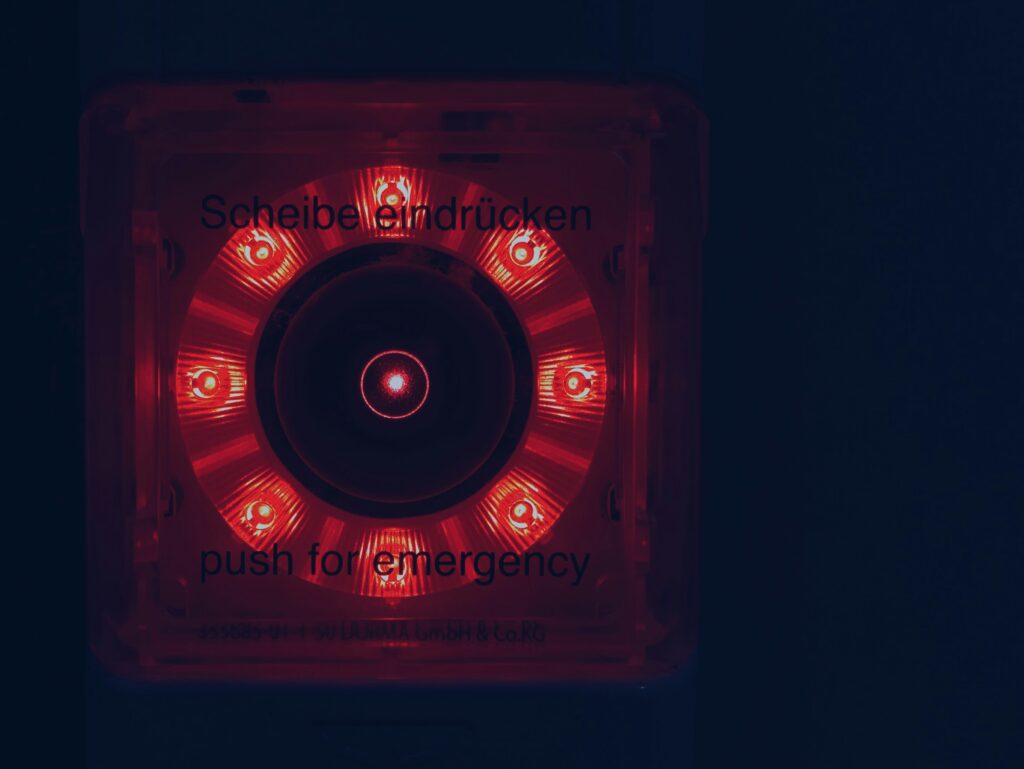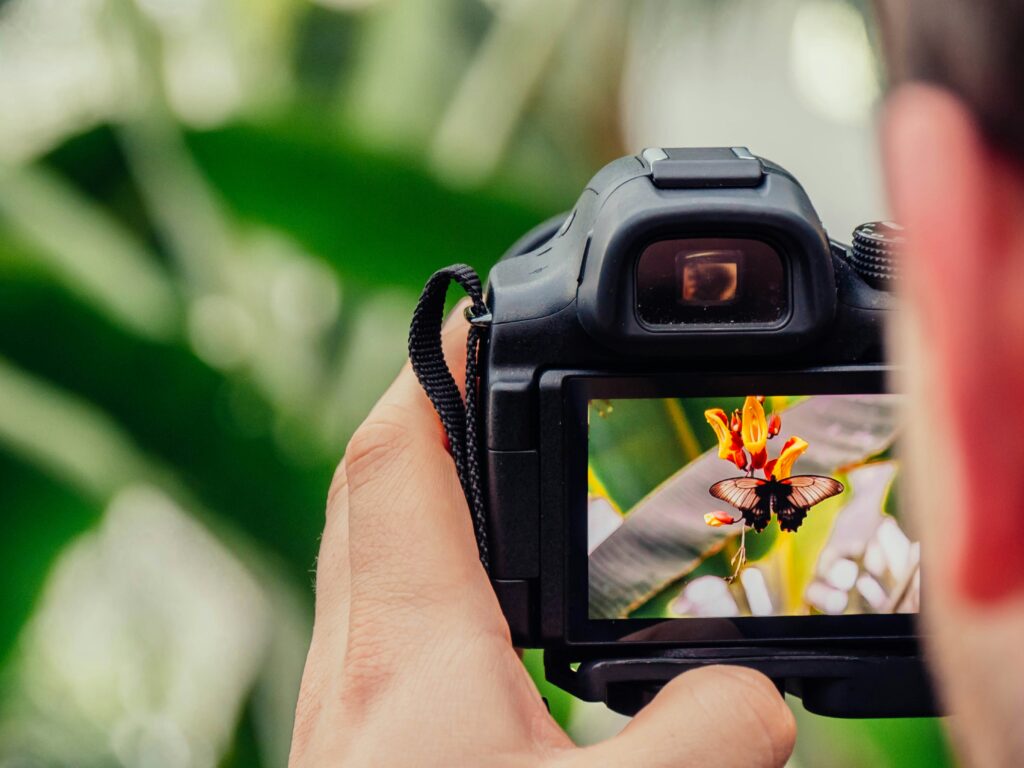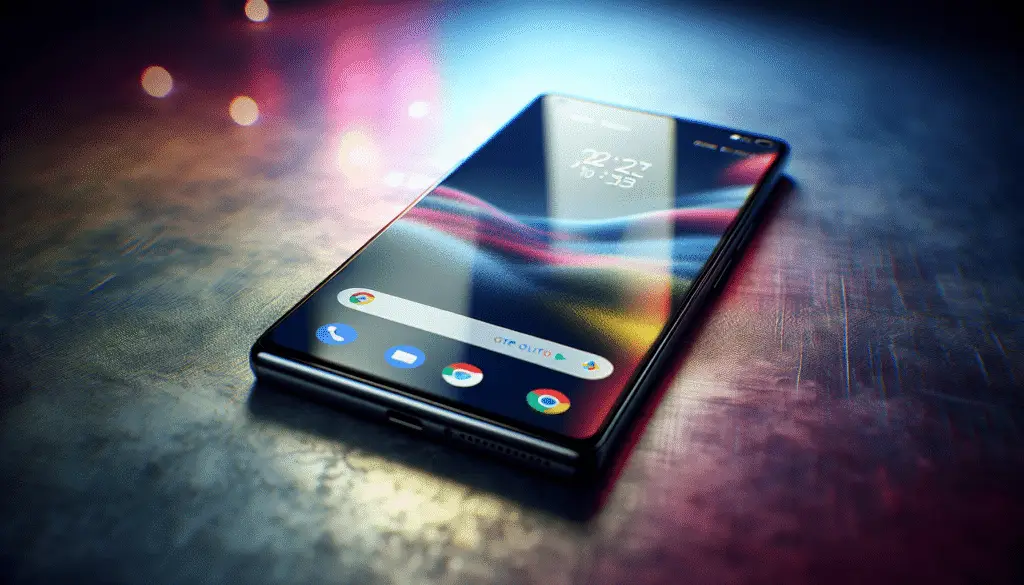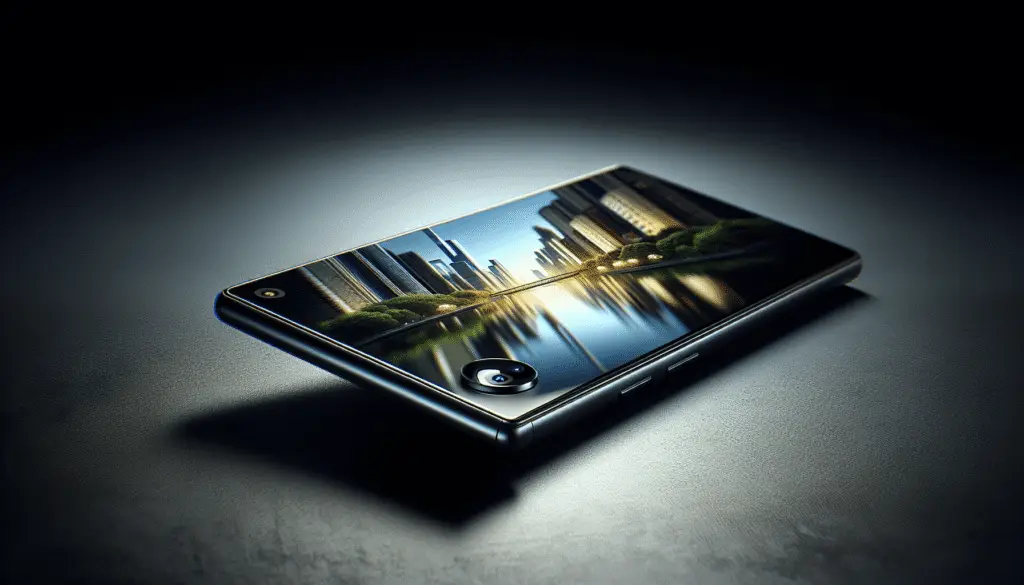Which phone has the best AI-powered camera in 2025? It’s a question that many of us might ponder as we scroll through stunning photos on social media, captivated by the sharpness, clarity, and vibrancy of images that have been clicked by our peers. In a world where our smartphones double as our primary photography tools, the fight for the best AI camera is more intense than ever.
At the heart of this battle is the continuous innovation in AI technology. Each year, manufacturers are pushing boundaries and enhancing features, leading us to wonder: how do we determine which phone truly excels in this arena?
Understanding AI in Smartphone Cameras
Artificial intelligence in smartphone cameras is like having an expert photographer at our side, guiding us in real-time. It can optimize settings based on the environment, recognize subjects, and even improve image quality post-capture. But how much do we really understand about the AI features present in our favorite devices?
The Role of AI in Enhancing Photography
AI plays a significant role in enhancing photography. It adjusts exposure, detects scenes, and even suggests the best angles for capturing that perfect shot. For us, the convenience it provides can’t be overstated. Imagine clicking a picture of a sunset without worrying about getting the settings right—the phone does it all for us.
Key Features to Look For
When we consider which phone offers the best AI-powered camera, several features stand out as essential. Here are the main ones:
-
Scene Recognition: This feature detects the type of scene we’re capturing—like a beach, snowy landscape, or city skyline—and alters the camera settings accordingly. It helps us get the best click without having to fuss over manual adjustments.
-
Image Enhancement Algorithms: These help in automatically correcting images to improve brightness, contrast, and color. We expect an AI camera to analyze our pictures and apply tweaks that make it pop.
-
Real-Time Filters: We often enjoy applying filters to our photos, but AI can recommend filters based on our shooting scenario, enhancing the overall aesthetic even further.
-
Night Mode: For those of us who love capturing images at night, a solid night mode powered by AI ensures that our photos are well-lit and feature minimal noise.
By knowing which features are essential, we can start eliminating the noise and focusing on devices that truly deliver quality.

The Contenders
There are several phones to consider in our quest for the best AI camera in 2025. Each contender brings something unique to the table. Let’s break down some of the frontrunners, evaluating their camera specifications and AI capabilities.
Apple iPhone 15 Pro
Apple has always been at the forefront of smartphone photography, and the iPhone 15 Pro doesn’t disappoint.
Features:
- ProRAW and ProRes Video: These features allow for professional-grade photography and videography, giving us flexibility during post-editing.
- Smart HDR 5: This adjusts highlights and shadows in our images, making them look naturally balanced.
- Improved Night Mode: The enhanced Night Mode has shown remarkable improvement across low-light environments.
The iPhone 15 Pro is a solid contender, appealing to both professional photographers and everyday users.
Samsung Galaxy S23 Ultra
Samsung’s Galaxy series has continuously pushed boundaries, with the S23 Ultra showcasing advanced AI capabilities.
Features:
- 108MP Camera: The impressive resolution allows us to capture minute details, making our photos incredibly sharp.
- Space Zoom Technology: With 100x zoom capabilities driven by AI, we can capture distant subjects without losing clarity.
- AI Photo Remastering: This feature automatically enhances any image we take, ensuring that even our less-than-perfect shots come out looking impressive.
The S23 Ultra’s combination of powerful hardware and intelligent software makes it a strong competitor.
Google Pixel 7 Pro
Google usually takes an understated approach, but the Pixel 7 Pro catches our attention for its incredible image processing abilities.
Features:
- AI Magic Eraser: We can remove unwanted objects from our shots with just a few taps, making it super user-friendly.
- Real Tone: The Pixel excels in accurately capturing diverse skin tones, an essential feature for inclusivity.
- Night Sight: This feature excels in low-light photography, providing bright and clear results even when lighting is challenging.
With Google’s emphasis on software, the Pixel 7 Pro stands out as a superb option for anyone who values photographic integrity.
OnePlus 11
OnePlus might not be as widely spoken about, but the 11 has made significant strides in the AI camera department.
Features:
- 50MP Main Camera: A robust camera sensor allows us to capture high-resolution images with excellent detail.
- AI Scene Optimization: It automatically adjusts the camera settings based on the scene, making it easier for all of us to take great photos.
- Super Macro Mode: The ability to shoot extremely close-up shots with clarity gives creativity a new outlet.
This phone is for those of us who want strong performance without breaking the bank.

Comparing the AI Capabilities
To help us make a more informed decision, let’s compare these four contenders in a table format.
| Feature | iPhone 15 Pro | Samsung Galaxy S23 Ultra | Google Pixel 7 Pro | OnePlus 11 |
|---|---|---|---|---|
| Main Camera Resolution | 48 MP | 108 MP | 50 MP | 50 MP |
| Night Mode | Improved | Strong performance | Excellent | Good |
| AI Scene Recognition | Smart HDR 5 | Space Zoom | Real Tone | Scene Optimization |
| Unique Feature | ProRAW | 100x Zoom | Magic Eraser | Super Macro |
| Video Capabilities | ProRes Video | 8K Video | 4K Video | 4K Video |
This table highlights the strengths of each phone, allowing us to visualize which device might suit our needs best.

System Compatibility and Usability
We’ve narrowed down our choices, but considering compatibility is another critical aspect.
Operating Systems
-
iOS: The iPhone 15 Pro runs on iOS, known for its seamless integration with Apple’s ecosystem. If we’re already members of the Apple universe, it might be the easiest to adopt.
-
Android: Both the Galaxy S23 Ultra and Pixel 7 Pro are Android devices that offer a wealth of customization options. Whether we prefer Samsung’s slick UI or Google’s more minimalist approach will guide our choice.
-
OxygenOS: OnePlus uses OxygenOS, which is appreciated for its clean interface and speed, making it a favorite among tech enthusiasts.
User Experience
Usability is more than just the operating system. How easy is it for us to access camera features?
-
The iPhone has always emphasized user intuition. Everything is laid out neatly, and the AI does a lot of the heavy lifting behind the scenes.
-
Samsung employs a robust camera app that gives us many features at our fingertips. Still, the learning curve might be slightly steeper for some of us.
-
Google’s camera app has stripped down unnecessary elements, keeping it straightforward yet effective—a real plus for those who prefer simplicity.
-
OnePlus, while not as renowned as others, offers a pleasant experience and integrates many features without cluttering the interface.

Additional Considerations
While AI capabilities and camera quality are paramount, other features also impact our overall satisfaction with a smartphone.
Battery Life
Let’s not forget that a fantastic camera is only as good as the battery that powers it. We’ll want a phone that can keep up with our photography needs without frequently needing a charge.
- iPhone 15 Pro is generally rated for a full day’s use.
- S23 Ultra’s larger battery can handle heavy photography sessions with ease.
- The Pixel 7 Pro has effective battery management, especially when using features like Night Sight.
- OnePlus 11 is also known for lasting through extended photography outings without draining.
Price
Price is often a deal-breaker for many of us. Finding a balance between features and cost is critical.
- The iPhone 15 Pro tends to be on the pricier side.
- Galaxy S23 Ultra positions itself similarly, packing all those features into a premium price tag.
- Google Pixel 7 Pro balances features with a competitive price point.
- OnePlus 11 seeks to provide top-tier quality at a mid-range price, making it accessible without compromising performance.

Final Thoughts
As we consider which phone offers the best AI-powered camera in 2025, our criteria might vary based on personal priorities. Are we professionals looking to shoot in various environments? Do we simply want a device that enhances our casual photographs?
Our quest doesn’t end with simply knowing the contenders. The best choice comes down to what fits our lifestyle and photography needs.
So, let’s round this off. Each of these phones is a testament to how far technology has come, showcasing the incredible capabilities of AI in photography. Whether we lean towards Apple, Samsung, Google, or OnePlus, there’s a strong case for each one. The best camera phone is one that resonates with us personally and meets our photography aspirations.
Ultimately, the best AI-powered camera phone is the one that empowers us to capture our world in the truest light. As we weigh these options, we can rest assured that innovation will continue to bloom, bringing even more exciting advancements in smartphone photography.

